Are Super-Compact Cranks Here to Stay?
It’s 2021, and we live in a world of many gearing options. Sort of.
Looking at bicycle gearing from about ten years ago, it appeared that gearing options were disappearing. We could buy standard 53/39 chainrings, or compact 50/34 chainrings. That was pretty much it, at least from major manufacturers. Triple cranksets were steadily removed from product offerings. SRAM campaigned to kill the front derailleur entirely (at least for mountain bikes), and offered a single cassette size of 10-42. We were being given fewer and fewer options.
However, since that time, gearing options have reversed course – sometimes in strange ways. Single chainring systems have spread to road, but are far from having universal adoption. We have mid-compact 52/36 chainrings as the arguable standard. There are chainrings of many different shapes and styles. We now have some 12-speed road systems, in addition to 11, 10, 9, and even 8-speed systems still being offered. Campagnolo and Rotor even offer 13-speeds! It’s also worth mentioning that the addition of more cassette cogs has been accompanied by wider gear range, with 10 and even 9-tooth small cogs (which have had further implications for chainring sizing).
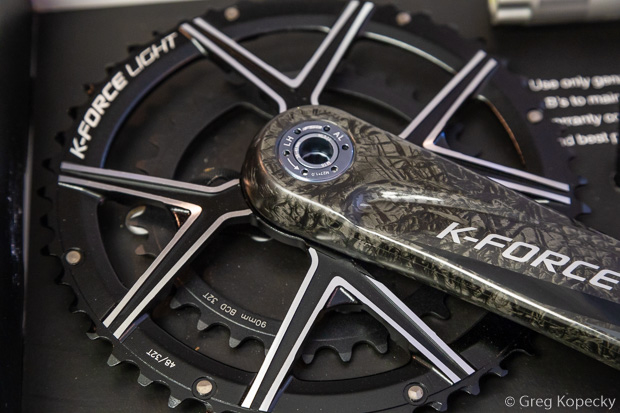
In short, there’s a myriad of options. Choices are good, but can also cause overwhelm and decision fatigue. We’ll do our best to clear the air.
Super-Compact Cranks
I can’t get us out of the gearing quagmire in a single article, so today I’ll focus on an interesting trend that appears to have staying power: Super-compact chainrings. They debuted about five years ago, and while they don’t have wide-spread adoption, they have a secure foothold.
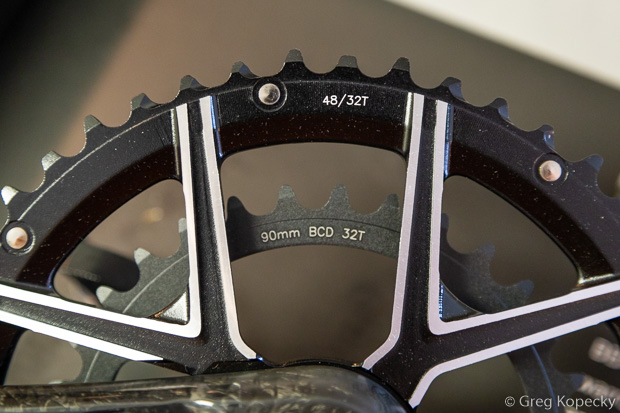
There’s no official definition for what qualifies as super-compact, but the general agreement seems to include anything smaller that a 50-tooth large chainring and a 34-tooth small chainring. 50/34 is the “standard” compact crank size, and is typically built on a crank with a bolt circle diameter (BCD) of 110mm. At the time of its debut, nobody seemed to think that we’d need a small ring with less than 34 teeth (which is the smallest size that fits to a 110mm BCD crank). If you needed low gearing lower than that, the sentiment was that you should get fitter, or resign yourself to using an “unfashionable” triple crank with 30-tooth small ring.
Over time, we realized that some of us do need that ultra-low gearing. We’re not all fit 150-pound bike racers. We often use road-focused components for riding gravel, which can often include terrain more fit for a mountain bike (and its super-low gearing). Triple cranks are almost non-existent in 2021 (save entry-level components like Shimano Claris), so the only solution was to make new double cranks with a smaller bolt circle diameter, and really small chainrings – i.e. super-compact!
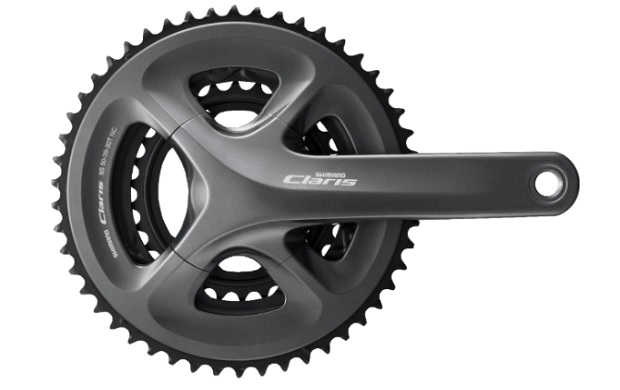
The most common options you’ll see today are 48/32 and 46/30 (the latter matching “granny gear” size on most road triple cranks). If you are new to super-compact and aren’t sure what you need, I suggest erring on the smaller side. If your current cranks are 50/34 and you don’t find this is enough to climb your local hills, dropping two teeth per chainring isn’t very much. Go for 46/30.
What About Front Derailleurs?
Back when compact cranks debuted, front derailleur performance was a legitimate concern. Derailleurs of the time simply weren’t designed for that 50/34 chainring size, so shifting suffered. Shimano went as far as designing a compact-specific front derailleur.
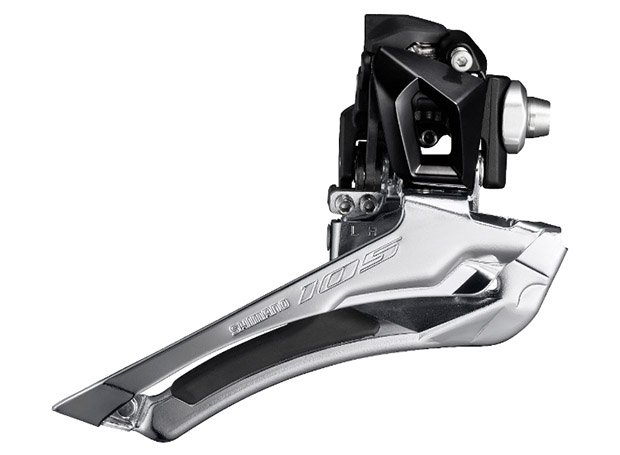
Over time, this issue has been eliminated, and modern front derailleurs are designed to work with both compact and standard chainring sizes. As far as super-compact chainrings are concerned, I don’t have enough experience with enough combinations of derailleurs and cranks to say for certain, but it appears that shifting isn’t compromised, and you can use your normal front derailleur, provided it’s less than 10 years old (give or take).
What’s Out There?
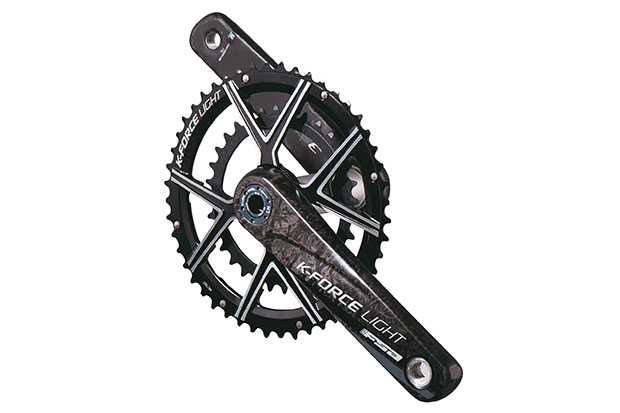
There are a handful of options for super-compact cranks. FSA was a pioneer in original compact cranks, providing pro cyclist Tyler Hamilton with a 52/36 crank for his harrowing efforts at the Tour de France. We just took delivery of their latest K-FORCE Light Modular BB386EVO cranks with 48/32 rings, which will work with a variety of different frame and bottom-bracket designs. They also offer 46/30, though they were out of stock when I ordered – likely due to high demand of the smaller size.
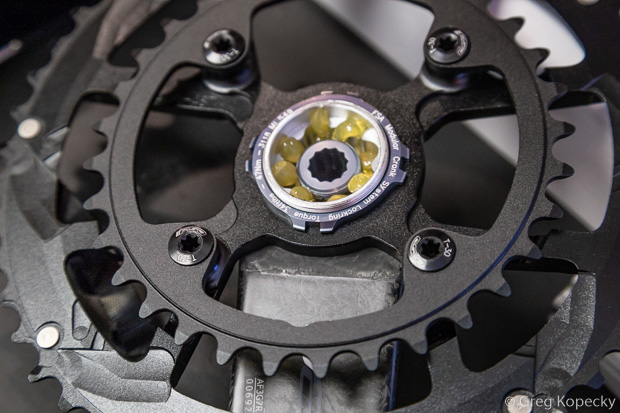
FSA solves the bolt circle diameter issue by mounting the small ring to the big ring, and the big ring to the crankarms. This keeps weight low and makes both rings replaceable – which is music to this mechanic’s ears.
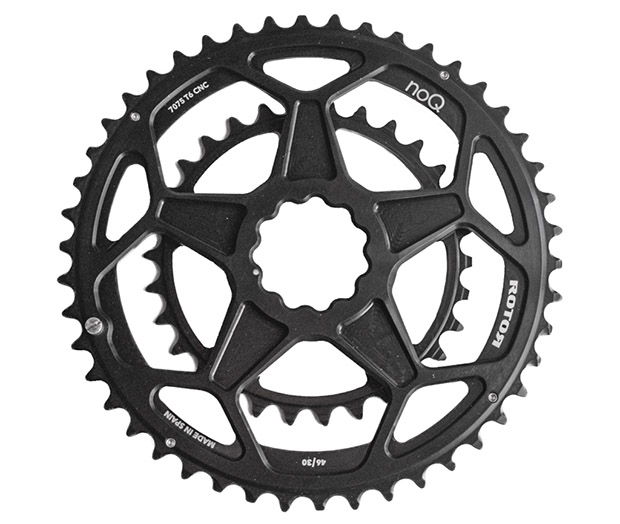
Praxis Works makes their Alba model down to 48/32 size. Rotor offers both 48/32 and 46/30 – in both round and oval rings (because… it’s Rotor).
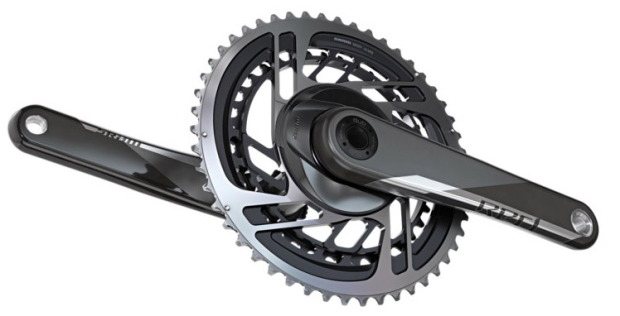
And what of the two biggest drivetrain companies? SRAM ditched standard chainring sizes altogether when they debuted their latest 12-speed wireless electronic systems, offering 50/37, 48/35, and barely-super-compact 46/33. This big change was due to the fact that their new standard small cassette cog size went from eleven to ten teeth – increasing top-end gear ratio and eliminating the need for larger chainrings. Since that time they’ve added a 43/30 option for their new “Wide” drivetrain options. This is more of a gravel-focused drivetrain, pushing the chainline out wider to increase tire clearance. The Wide crank must be paired with the corresponding Wide front derailleur.
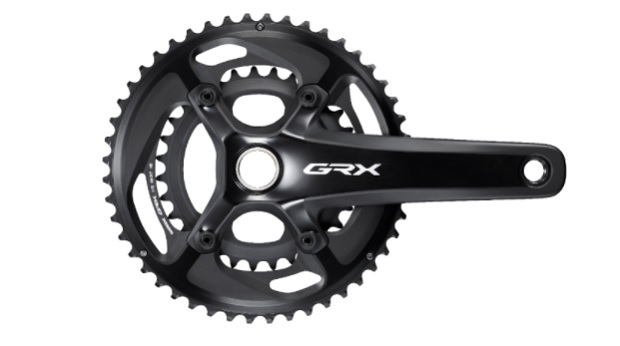
Shimano has a similar arrangement, only going as small as 50/34 for their road products. Their GRX gravel line offers 46/30 in 10-speed, and 48/31 in 11-speed – both with a wider chainline that’s gravel-specific (similar to SRAM, you must use the front derailleur that’s specific to the wider chainline).
Concerns of Small Cog Size
In my view, the key thing that can make super-compact chainrings work – or not – is the size of the smallest cassette cog. We’ve written extensively about this topic, and the gist is that the size of the small cog has a big effect on gearing. Especially for road riding, a 46 or 48-tooth chainring isn’t enough gear for many athletes, when paired with an 11-tooth small cog (i.e. you’ll run out of gear while riding fast). SRAM offers the perfect case-in-point, opting for a 10-tooth cog to increase effective gearing (note that I’m ignoring the discussion about increased drivetrain friction from smaller cassette cogs for now; this has been discussed at length in our forum, and would double the length of this already-long article). They effectively recreated the gearing of an old triple crank with ~11-27 cassette, by eliminating one chainring, and adding a couple cogs to the rear.
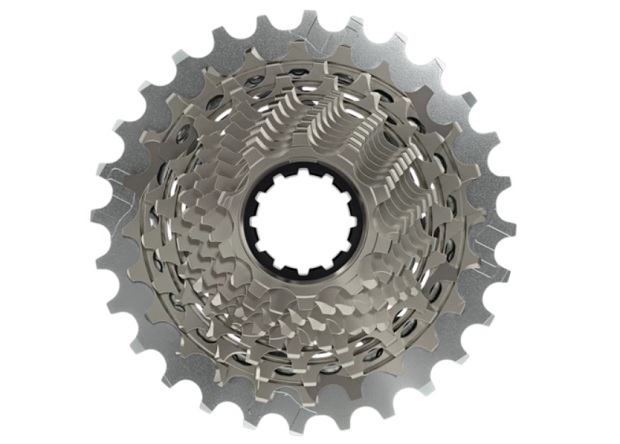
If you’re using your super-compact cranks for gravel riding, an 11-tooth cog may be enough, due to the tendency for lower overall bicycle speeds compared to road. This will depend on your local terrain, and whether you also use your gravel bike for road riding and/or significant downhill riding.
Super-Compact in the Real World
Who is the realistic customer for super-compact cranks? Are there ideal drivetrain configurations? What about other considerations?
I’m glad you asked.
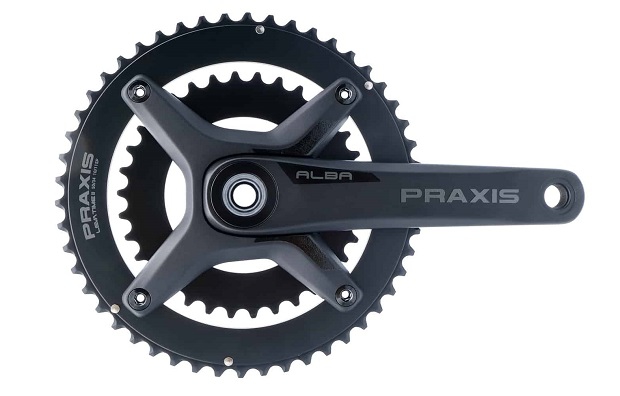
The simple place to start is to ask yourself, “Do I need lower gearing to get up hills?” If the answer is yes, I suggest a follow-up of, “Does my rear derailleur have enough capacity to swap to a larger set of cogs?” The reason being – it’s probably cheaper and easier to install a larger cassette, rather than new cranks. If you’re maxed on cassette size and still need more gear – super-compact cranks are what you need. As previously mentioned, also keep your top-end gear ratio in mind to be sure you’ll stay happy on fast rides and going downhill.
Once you’ve decided to take the plunge, it becomes a matter of determining compatibility for both bottom bracket and chainline. Also keep in mind that not all chainrings are designed to work with all chain widths; are you running nine, ten, eleven, or twelve rear cogs? Double check that your new cranks and chainrings are compatible with your chain and will shift properly. This is why I noted that we "sort of" have an increasing number of gearing options at the beginning of this article – it all depends on the compatibility of the components, frame, and rear hub.
If this all sounds overwhelming (as can happen when trying to determine compatibility with the myriad of modern options), I suggest a trip to your local mechanic, who can help do the math and order the right parts to fulfill your big super-compact desires.



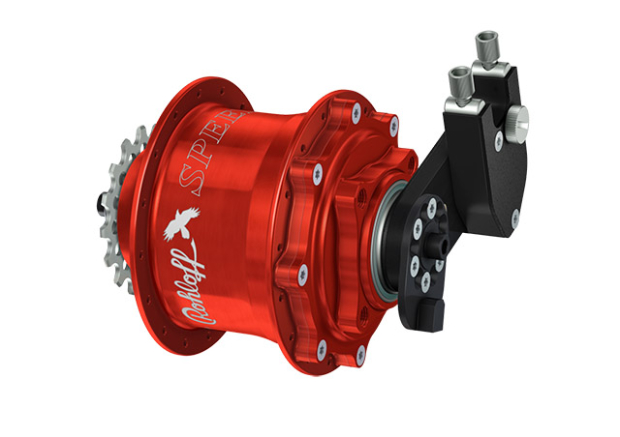
Start the discussion at slowtwitch.northend.network